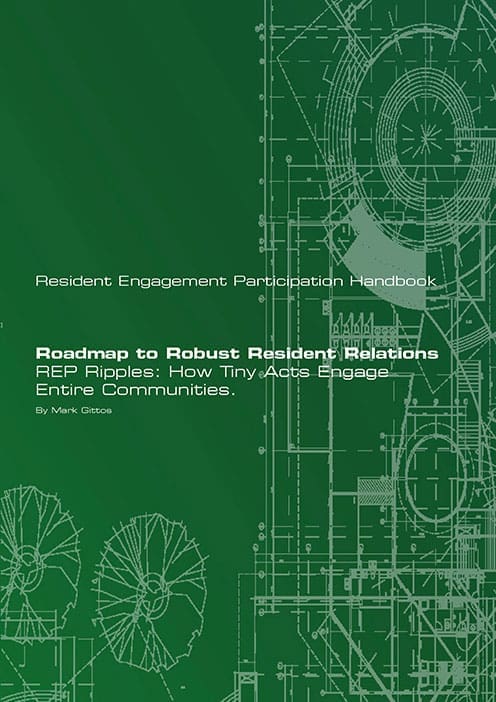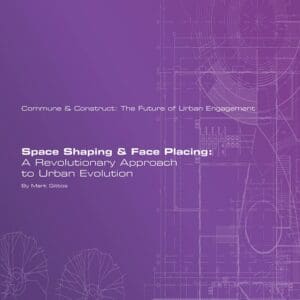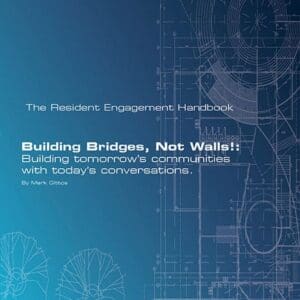Roadmap to Robust Resident Relations: REP Ripples: How Tiny Acts Engage Entire Communities. (Resident Engagement)
£17.99
Description
In a rapidly evolving 21st-century landscape, community engagement has taken on new dimensions. “Resident Engagement Participation Handbook: Navigating the 21st Century Landscape” offers a comprehensive and forward-looking guide that reflects on previous models of participation, introduces the innovative REP (Resident Engagement Participation) model, and explores the digital age’s impact on community engagement. This handbook, consisting of three interconnected books – “Roadmap to Robust Resident Relations,” “REP Ripples: How Tiny Acts Engage Entire Communities,” and “The Guide to Effective Participation” – is a valuable resource for community leaders, policymakers, and anyone interested in enhancing resident engagement.
Part 1: Roadmap to Robust Resident Relations This section serves as a foundation for the handbook, underlining the significance of resident engagement. It emphasizes the shift from institution-driven to resident-driven models, encouraging a more inclusive and diverse approach to engagement. The core principles from previous models are built upon, introducing new principles adapted to modern society. In a world increasingly reliant on digital tools, this book also explores the benefits and challenges of digital engagement, offering case studies to illustrate successful initiatives.
Part 2: REP Ripples: How Tiny Acts Engage Entire Communities This book delves into the specifics of the REP model, defining the stages of engagement within it and introducing new tools and methodologies for each stage. Adaptability and flexibility are highlighted as key components of the REP framework, ensuring that it can be tailored to suit different community contexts. Building and sustaining trust is a central theme, with a focus on transparency, accountability, and techniques for regaining lost trust when setbacks occur.
Part 3: The Guide to Effective Participation The final section of the handbook explores collaborative leadership in REP, emphasizing the role of local leaders in fostering resident engagement and nurturing new community leaders. It also addresses the evaluation and improvement of REP initiatives, providing metrics for assessing success and emphasizing continual learning and feedback.
Throughout the handbook, case studies are presented to offer real-world examples of successful REP implementations, as well as lessons learned from less-effective initiatives. These case studies provide valuable insights into strategies for adapting REP in various community contexts.
Future of REP and Global Perspective In the concluding chapter, the handbook looks ahead to the future of resident engagement. It acknowledges that communities and resident needs are continually evolving and discusses technological innovations that will shape the future of engagement. Importantly, it expands the discussion beyond the UK, considering the global perspective and the potential for the REP model to be applied worldwide.
Appendices: Tools and Resources The appendices offer a practical toolkit for implementing the REP model, providing access to various tools and resources that can aid community leaders and organizations in their resident engagement efforts.
In summary, the “Resident Engagement Participation Handbook: Navigating the 21st Century Landscape” is a comprehensive and forward-thinking guide that redefines community engagement for the digital age. It acknowledges the importance of resident-driven approaches, the role of digital tools, and the significance of trust in building robust resident relations. With practical insights, case studies, and a global perspective, this handbook is an essential resource for those committed to enhancing resident engagement and building stronger, more resilient communities in the 21st century.




